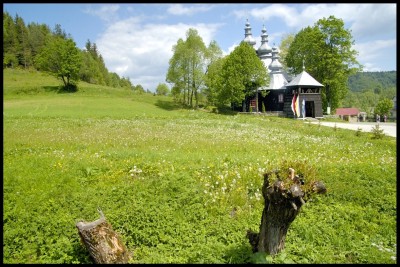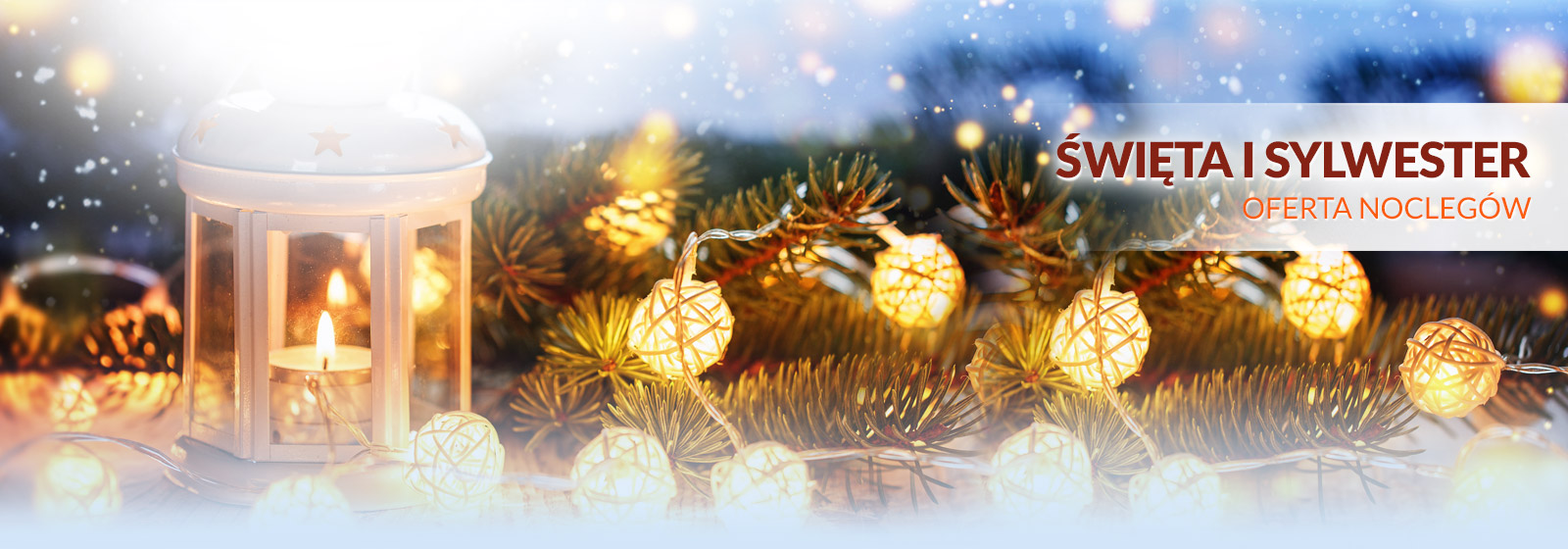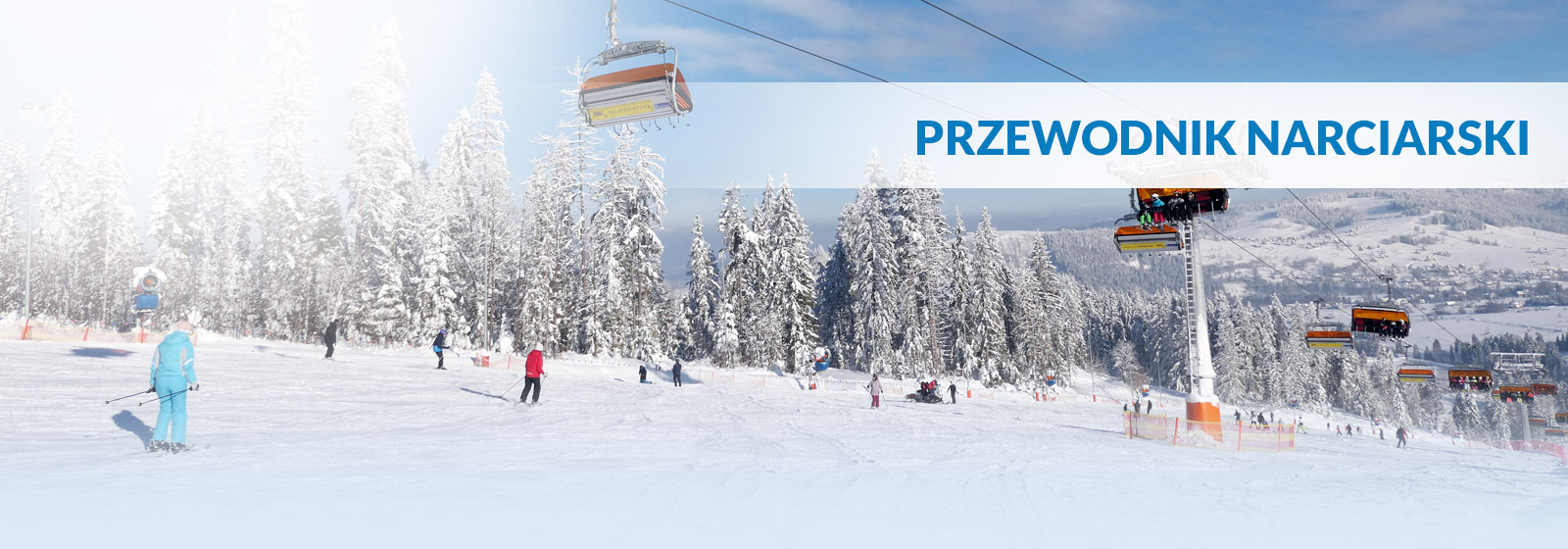Because of their origins, Lemkos were members of Orthodox Church. Until the seventeenth century they had been part of the south - west eparchy of town Przemyśl. After the Brzeska Union this territory was included into Greek Catholic Church. After years there was a split between Lemkos – during years of 1926 to 1934 so called ‘tylawska’ schism made 18 000 Lemkos turn to the faith of their ancestors. Despite the attempts of the clergymen of the Greek Catholic Church to make Lemkos part of the Ukraine’s creed – the majority of them did not change their religion. On the 10th of February, 1934 the Holy See introduced separate jurisdiction – Apostolic Administration of Lemkos’ Lands, for Lemkos living in the 9 west decanates of the Przemyśl diocese.
 |
Events of the WWII, especially outlawing of the Greek Catholic Church (mass could not be celebrated in the Eastern rite) caused many Lemkos to convert to Orthodox Church. Conversion to the Latin rite resulted in very fast assimilation to Poles, which was opposed by many Lemkos. Religious division between Lemkos exists also nowadays and is largely connected with the issue of the national awareness. It means that pro-Ukraine Lemkos are Greek Catholics and others identifying with a separate nation are of Orthodox Church.
Lands inhabited by Lemkos are full of different types of temples due to the unceasing religious divisions. They all however present some common features: they are threefold, they consist of shrine with altar, nave and women’s gallery. The first two parts are separated by an iconostasis, in front of which people gather and behind it only clergyman is allowed to enter. Women’s gallery is hidden under a tower. Sometimes, there can be a vestibule – so called narthex - built on to the women’s gallery. Apart from that also small sacristies can be built on. Almost all of the Orthodox churches of Lemkos were of framework construction with the widest, dominant nave. There is always a gable roof towering over the wooden constructions. It has 3-4 turrets that end with bulbous cupola and so called Russian crosses – with additional sloping crossbeam. Orthodox churches were built with shrine to be east-oriented.
An orthodox church, court and an adjacent cemetery were enclosed with a stone wall. Very often large trees were planted around the orthodox church, usually it was 7 linden trees. Orthodox churches were usually erected in representative areas, such as: hills or somewhere up the village. Orthodox churches were built at a large scale after the WWI in places where people converted from the Greek Catholic Church. They were built as temporary ones therefore their nickname: ‘czasownice’. Their exterior and form were often different from traditional ones.
An iconostasis had to be in every orthodox church. It is a kind of a wall that consists of icons depicting prominent people of the Greek Catholic Church. Icons themselves are not only religious pictures but they also make Christ, His Mother and other Saints present among the believers. Although they were not thought to be pieces of art, very often they contributed to the real and unique treasures of the world of paintings. The sequence of icons in the iconostasis was strictly determined: in the first, main row there are so called ‘namiestne’ icons - they depict the Mother of God with a Child, teaching Christ, St Nicolas (especially revered in the Carpathians) and a frame icon depending on the patron saint of the given orthodox church. In the middle of the iconostasis there is so called Emperor’s Gate with some small round icons of the Annunciation and the Four Evangelists. Other, smaller rows of icons are called ‘prazdniki’ and they depict the most important holidays of the liturgical year. On such day icon was removed from the iconostasis and placed on the altar. Over the Emperor’s Gate there is an icon of Christ Pancrator (Ruller of all) – sitting on the throne, surrounded by the Mother of God and John the Baptist. The last, upper icons are called the Great Deesis – it is a propitiatory prayer with pictures of the Twelve Disciples and patriarchs of the Old Testament.
There are many stone crosses and roadside shrines scattered over the lands inhabited by Lemkos. Usually they commemorate crucifixion, the Holy Family or St Nicolas. The oldest preserved shrines date back to the 60-ties of the nineteenth century. Made of stone, they go into ruin along with desintegration of the Lemko society.





